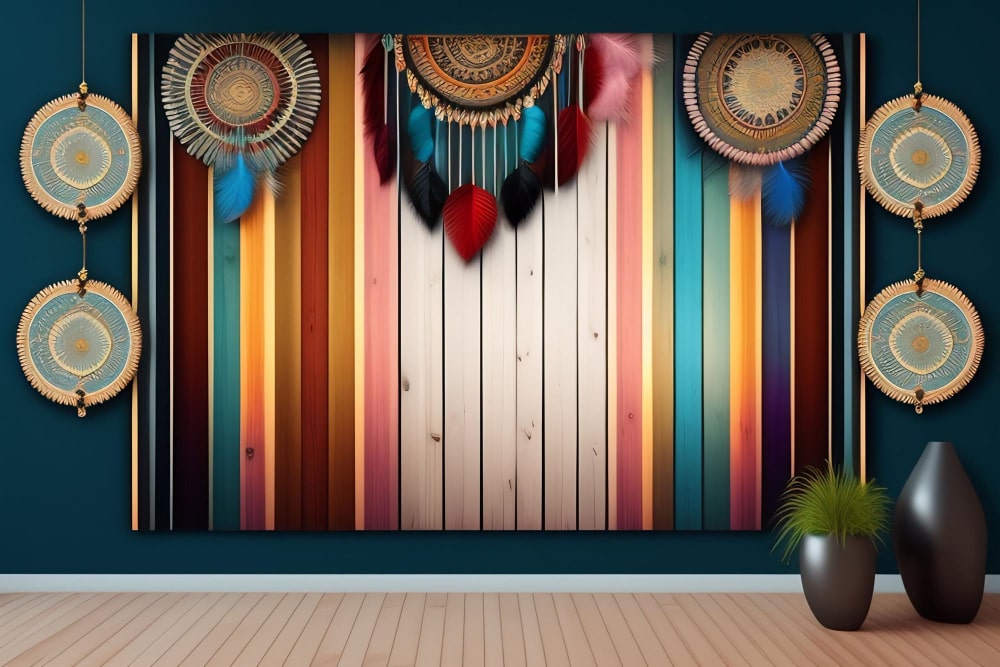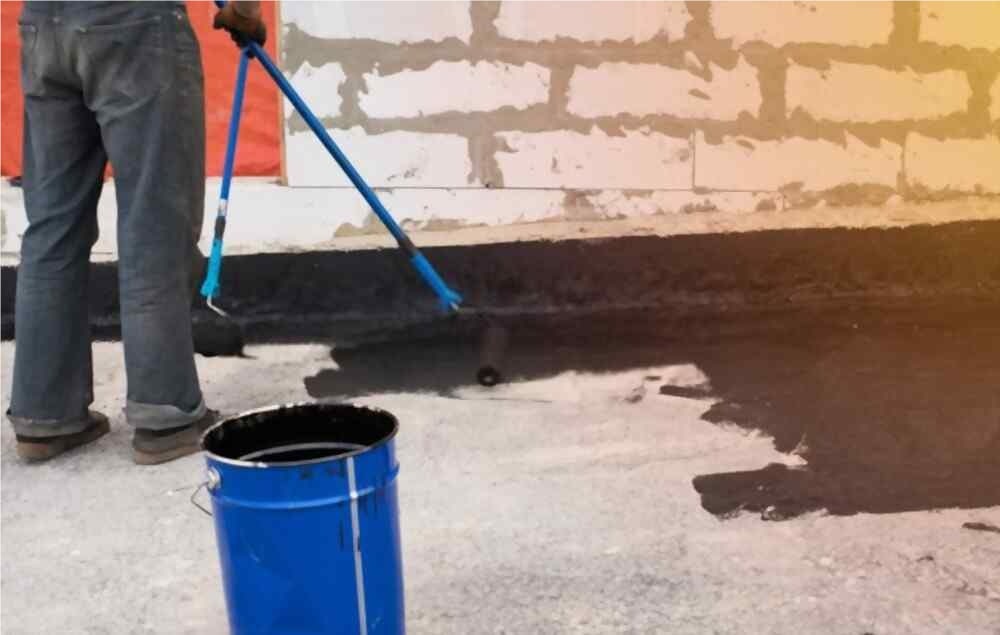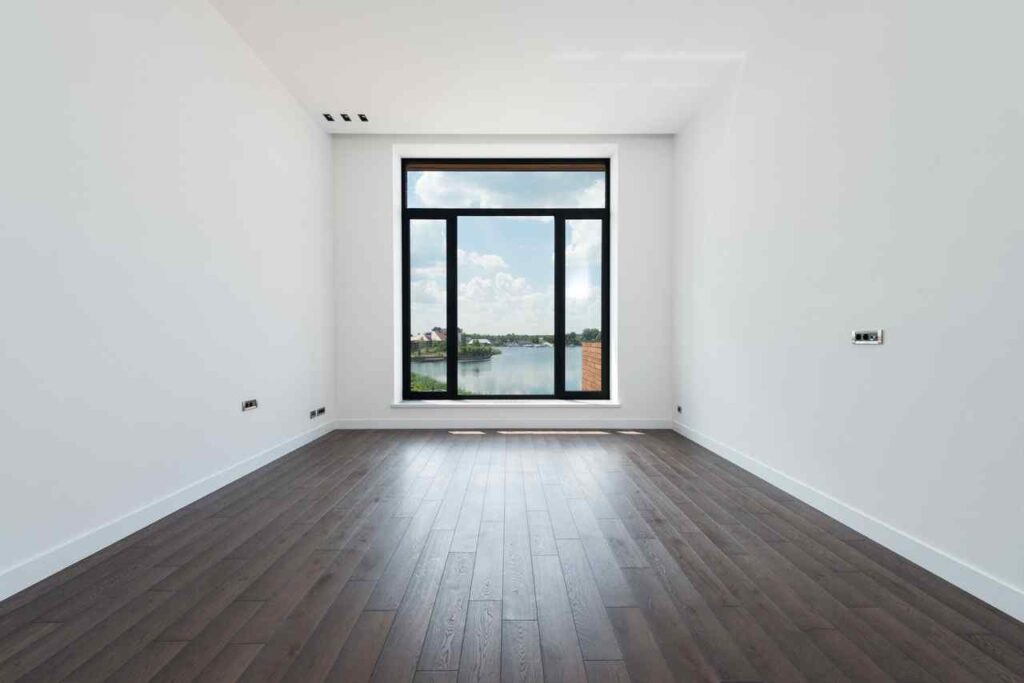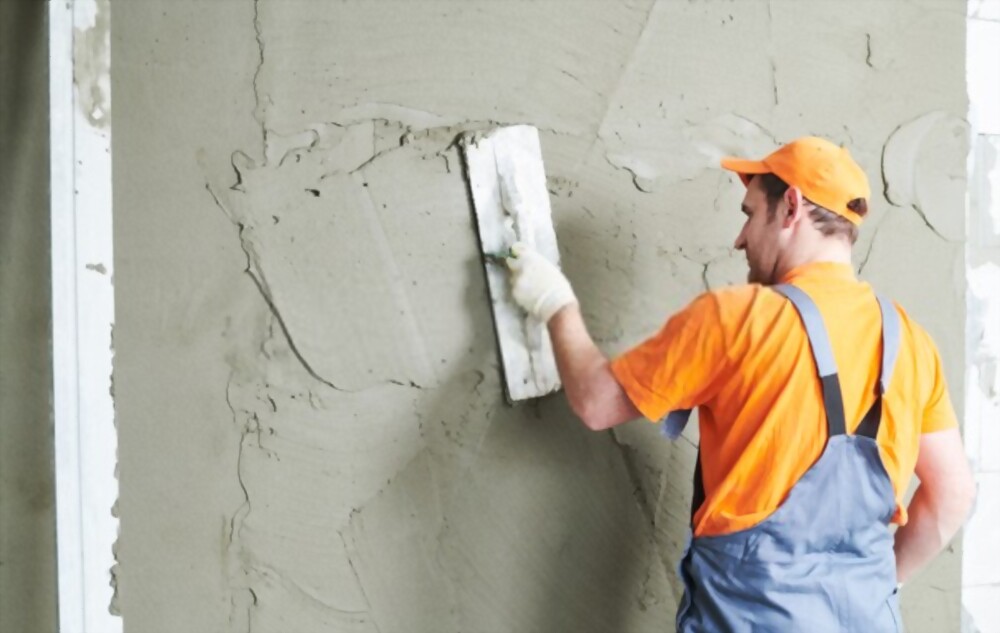Wallpapering:
Wallpaper can be a great way to add personality and style to your home. It can also be a good way to cover up imperfections in your walls. However, there are some things to consider before you decide to wallpaper your home.
Pros of wallpapering:
Can add a lot of personality and style to your home.
- There are a wide variety of wallpapers available, so you can find one that matches your taste and décor.
- Can cover up imperfections in your walls.
- If you have walls that are cracked, uneven, or have other imperfections, wallpaper can help to hide them.
- Can be a good investment. High-quality wallpaper can last for many years, and it can increase the value of your home.

Cons of wallpapering:
- Can be difficult to install. Wallpapering can be a time-consuming and messy process, and it is important to do it correctly to avoid problems such as bubbles and wrinkles.
Can be pricey. High-nice wallpaper may be steeply-priced, and you will also need to buy components which include paste, rollers, and brushes.
Can be tough to remove. If you decide to trade your wallpaper, it can be hard and time-eating to do away with.
Whether or no longer wallpapering is a great idea for you depends on your individual needs and alternatives. If you’re searching out a way to feature personality and fashion to your home, and you are inclined to put inside the effort and time, then wallpapering can be a terrific option for you. However, in case you are on a budget, or in case you are not confident on your DIY competencies, then you can need to do not forget different options including painting.
Tips for wallpapering:
Gather the Right Materials:
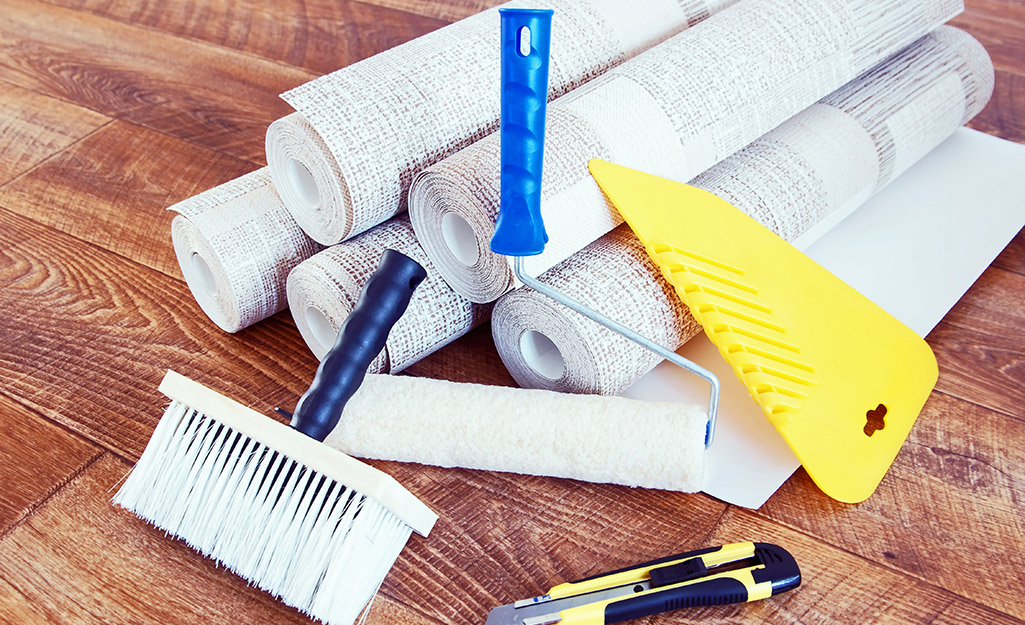
Before beginning, make sure you have all of the vital tools and substances: wallpaper, adhesive, measuring tape, reducing knife, smoothing brush, sponge, and a strong ladder.
Prepare the Surface:
Clean the walls thoroughly, casting off any dust or antique wallpaper. Repair any cracks or imperfections and follow a primer/sealer to make sure a easy floor for better adhesion.
Measure and Cut Precisely:
Measure the wall peak as it should be, adding some inches for trimming. Cut the wallpaper into practicable lengths, aligning patterns if necessary. Double-check measurements before slicing.
Four. Mix and Apply Adhesive:
Follow the producer’s instructions to combine the adhesive properly. Apply it calmly on the wallpaper’s backside the usage of a roller or brush. Allow the adhesive to soak in for the recommended time.
Start Wallpapering:
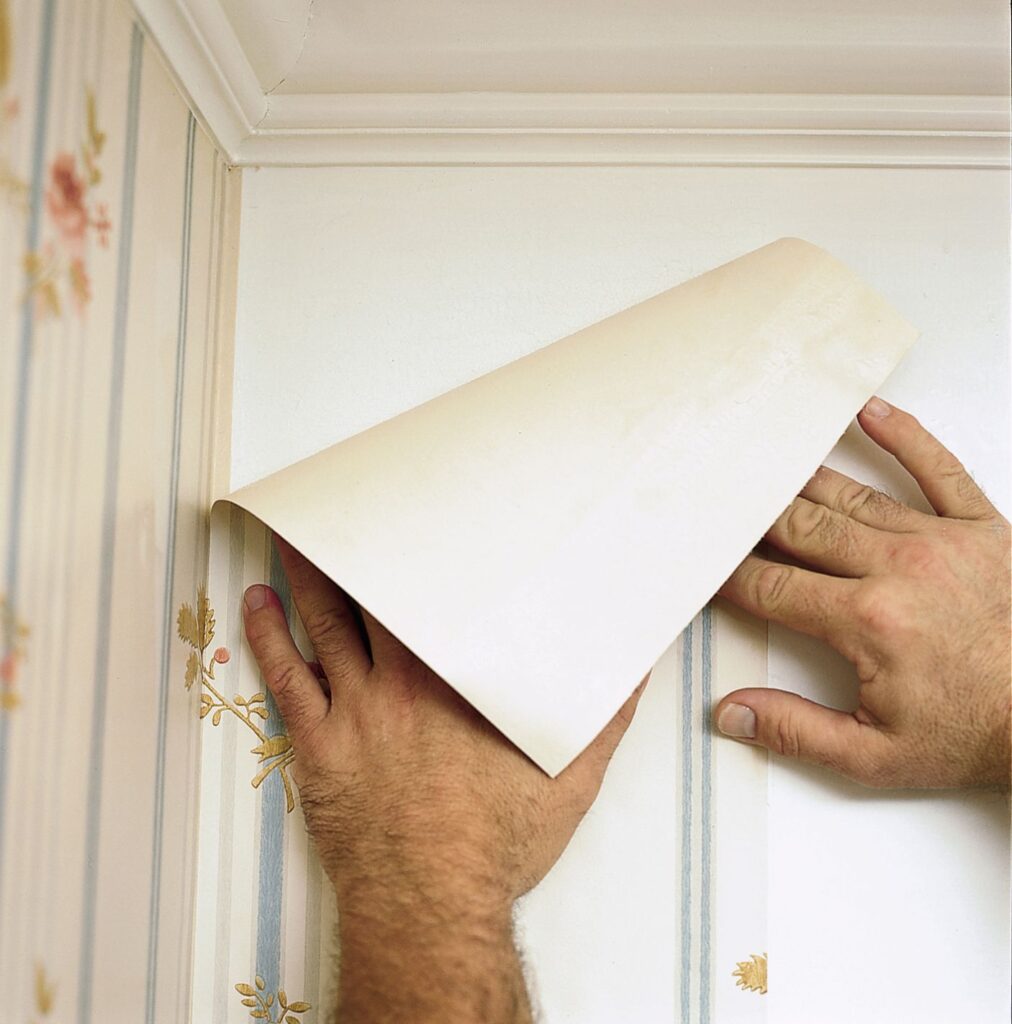
Begin at a nook near a focal point (like a window) for a unbroken end. Use a plumb line or degree to make sure the first strip is directly. Carefully apply the wallpaper, smoothing it out as you visit cast off air bubbles.
Match Patterns:

If your wallpaper has a sample, align each strip meticulously for continuity. Overlap the rims barely and double-reduce them for a super suit.
Trim Excess Wallpaper:
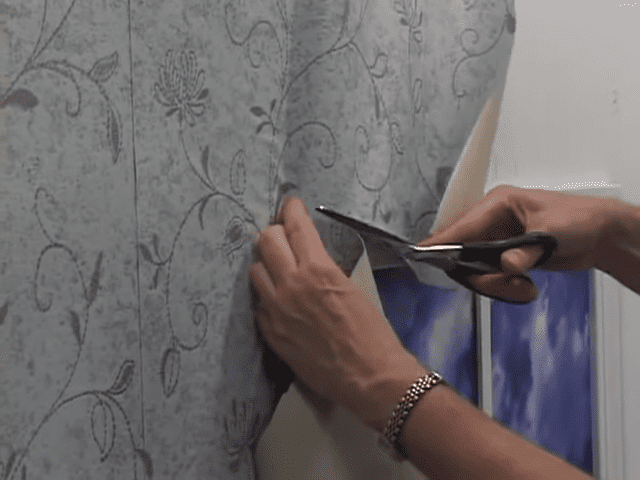
Use a sharp reducing knife and a instantly aspect to trim excess wallpaper on the ceiling, baseboard, and corners. Take your time to make sure easy and particular cuts.
Trusted Painting Company In NYC
We use only top-quality paint and materials to ensure that your paint job lasts for years to come. Our team is highly trained to work efficiently and safely, and we take great pride in keeping your property clean and tidy throughout the entire process. We also offer a range of specialized painting services to meet your specific needs, such as epoxy floor coatings, decorative finishes, and more.
Conclusion:
Wallpapering can be a great way to add personality and style to your home. It is a relatively inexpensive way to update a room, and there are a wide variety of wallpapers to choose from. However, it is important to do your research before you start, as wallpapering can be a time-consuming and challenging task. If you are not comfortable with DIY projects, it is best to hire a professional wallpaper installer.

